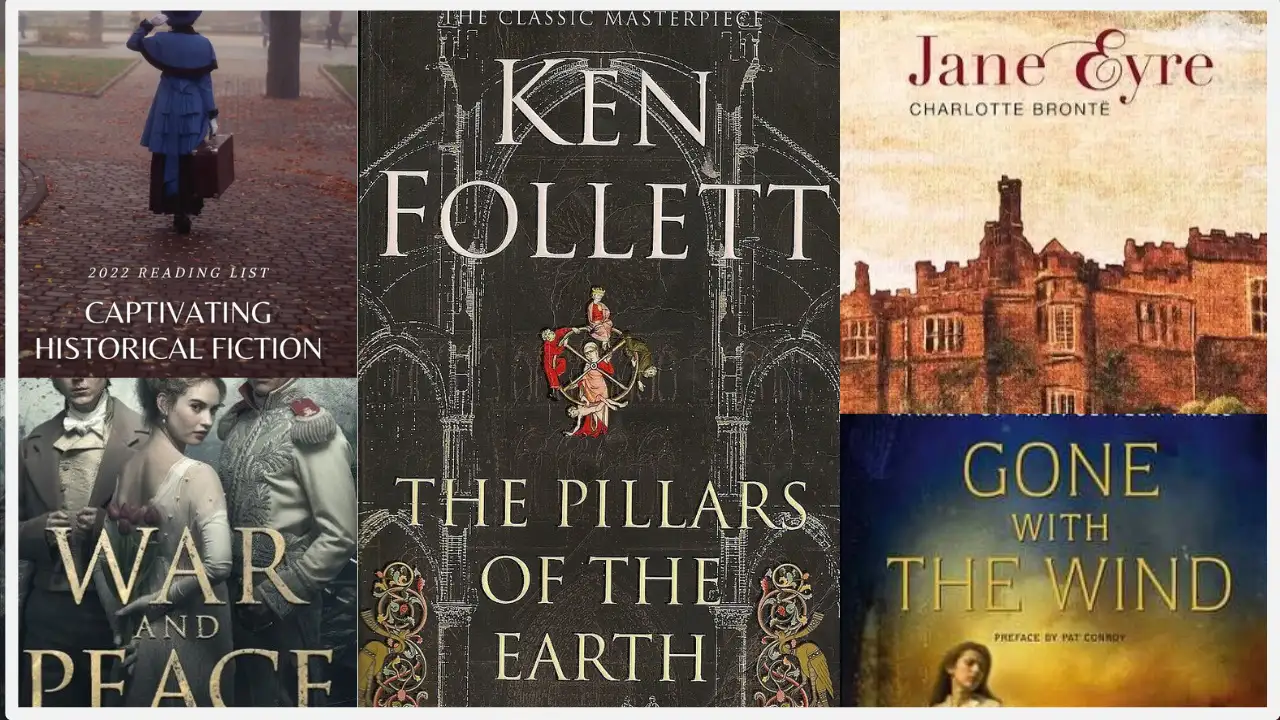Best American History Curriculum
Choosing the right educational approach is pivotal in homeschooling, particularly when delving into subjects as rich and multifaceted as American history. For many homeschooling families, the literature-based curriculum stands out as not only effective but also transformative in how it engages young learners.
This method, rooted in the use of living books and narratives rather than dry textbooks, has been heralded for its ability to bring history alive and instill a deep-seated interest in the subject matter.
Transitioning from Workbooks to Living Books
As a homeschooling mom deeply invested in providing her children with a robust education, the journey toward a literature-based approach was a transformative one. Initially relying on traditional methods—textbooks, workbooks, and structured lessons—didn’t resonate with the learning styles of her children, who thrived on interactive and immersive learning experiences. The shift towards literature-based homeschooling was driven by the desire to cultivate curiosity and a genuine passion for learning, particularly in subjects as vital as American history.
Understanding Living Books in American History Education
Central to the effectiveness of literature-based homeschooling is the concept of living books. These are not merely texts that relay information; they are narratives that breathe life into historical events, figures, and contexts. Living books are characterized by vivid descriptions, engaging storytelling, and the capacity to transport readers to different times and places.
They evoke emotions, provoke thought, and create a sense of connection with the past, making history a compelling journey rather than a dull recitation of facts.
Benefits of a Literature-Based American History Curriculum
Embracing a literature-based approach to teaching American history offers a myriad of advantages that contribute to a holistic and engaging educational experience:
- Immersion in Historical Contexts: By using living books, students are immersed in the sights, sounds, and narratives of historical periods, fostering a deeper understanding of the complexities of American history.
- Inspiration and Engagement: The power of storytelling sparks curiosity and captivates young minds, making learning enjoyable and meaningful.
- Comprehensive Learning: Beyond facts and dates, literature-based curricula encourage critical thinking, empathy, and a nuanced understanding of historical events.
- Flexibility and Personalization: Families can tailor their curriculum choices to align with their children’s interests and learning styles, fostering a personalized learning journey.
- Integration of Literature and Faith: For those seeking a Christian-based curriculum, options like Sonlight American History seamlessly integrate quality literature with biblical perspectives, enriching the educational experience.
Finding the Right Literature-Based American History Curriculum
In today’s homeschooling landscape, finding a suitable literature-based American history curriculum has become increasingly accessible. Programs like Sonlight American History exemplify this approach by curating a selection of compelling books, teacher guides, and comprehensive lesson plans designed to engage students from elementary through middle school grades.
This structured yet flexible curriculum not only covers essential historical content but also integrates literature and biblical teachings, catering to diverse educational needs and preferences.
Exploring Sonlight American History Curriculum
Sonlight’s American History curriculum spans two years and is recommended for grades 4-7 (ages 9-12), making it suitable for a wide range of elementary and middle school students. This curriculum immerses learners in a wealth of literary works such as “Sarah, Plain & Tall,” “Carry On, Mr. Bowditch,” and “The Sign of The Beaver,” each carefully selected to provide a rich tapestry of American history through captivating narratives.
Alongside these literary treasures, Sonlight provides timelines, historical explanations, and even biblical perspectives, ensuring a comprehensive and cohesive learning experience.
Quick Details Table: Sonlight American History Curriculum
| Curriculum Feature | Description |
| Grade Level Recommendation | Grades 4-7 (Ages 9-12) |
| Curriculum Duration | Two years (Year 1 and Year 2) |
| Key Books | “Sarah, Plain & Tall,” “Carry On, Mr. Bowditch,” “The Sign of The Beaver,” among others |
| Additional Resources | Teacher guides, lesson plans, timelines, historical context, and biblical integration |
| Learning Approach | Literature-based, emphasizing storytelling, engagement, and historical immersion |
Conclusion:
In conclusion, a literature-based approach to teaching American history transcends traditional methods by infusing narratives with life and meaning. By immersing students in living books that evoke curiosity, inspire imagination, and deepen understanding, this approach transforms history from a mere subject into a vibrant exploration of the human experience. Whether utilizing curated curricula like Sonlight American History or crafting bespoke educational journeys, homeschooling families can harness the power of literature to instill a lifelong love of learning and a profound appreciation for the rich tapestry of American history.
September 11 Attacks: What Happened on 9/11?
